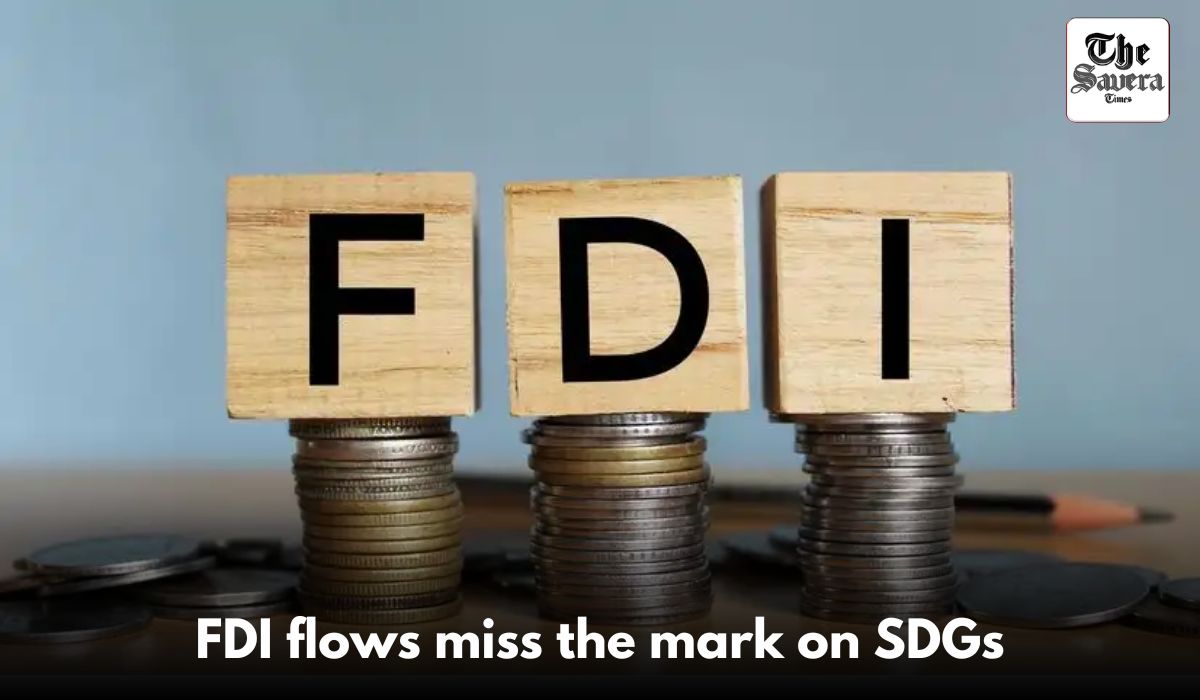
The 2025 World Investment Report, released in Geneva on June 19, has raised alarms over the widening gap in global investment crucial for achieving the Sustainable Development Goals (SDGs).
The analysis shows that despite some regional gains, foreign direct investment (FDI) continues to bypass the sectors and countries most in need, particularly the least developed countries (LDCs) and vulnerable economies. In 2024, FDI to Africa increased dramatically—by 75 per cent—reaching \$97 billion and accounting for 6 per cent of global FDI flows.
However, this spike was largely due to a single $35 billion megaproject in Egypt, masking stagnant or declining investment in other parts of the continent. Overall, FDI flows to developing countries remained flat, despite modest growth in Africa and Southeast Asia.
The report highlights that investment in critical SDG-related sectors—such as infrastructure, renewable energy, water and sanitation, and agrifood systems—has sharply declined.
In 2024 alone, the value of such investments in developing countries dropped by more than 25 per cent. Infrastructure projects fell by 35 per cent, renewable energy investments declined by 31 per cent, and spending on water and sanitation was down by 30 per cent. The agrifood sector also saw a 19 per cent reduction. Only health and education investments increased, with health registering a 25 per cent growth, albeit from a relatively low base.
Since the adoption of the SDGs in 2015, only the renewable energy and health sectors have seen sustained growth in investment, according to the report. However, this is insufficient to meet the enormous financial requirements for achieving the SDGs.
The estimated investment needed annually in developing countries is between $4 trillion and $5 trillion, with 40 to 50 per cent expected to come from private capital and blended finance, including international project finance (IPF). The recent decline in IPF deals is of particular concern.
These financing mechanisms are essential for large-scale infrastructure in LDCs and Small Island Developing States (SIDS), where they make up over 60–70 per cent of total infrastructure investment. In 2024, IPF for infrastructure projects in transport and utilities dropped below 2015 levels. Contributing factors include high interest rates, inflation, and tightened global financial conditions, all of which have reduced the availability of long-term capital.
One of Africa’s major investment challenges is the development of local pharmaceutical manufacturing. Although demand is increasing, over 70 per cent of the continent’s medicines are still imported. FDI in pharmaceutical production remains negligible, representing less than 5 per cent of global greenfield projects over the last two decades.
Renewable energy investment also shows troubling disparities. While interest in clean energy remains high, most investments have gone to more advanced developing countries with stronger financial systems. LDCs, on the other hand, are experiencing project delays and downsizing. Utility-scale solar and wind projects like Madagascar’s and Zambia’s Scaling Solar initiatives have been postponed or scaled back due to rising costs and currency instability.
The report concludes with a call for bold and coordinated global action to realign investment priorities. It emphasizes the urgent need to bridge existing divides in sustainable finance, digital infrastructure, and project readiness to ensure inclusive and equitable development progress across all regions.
